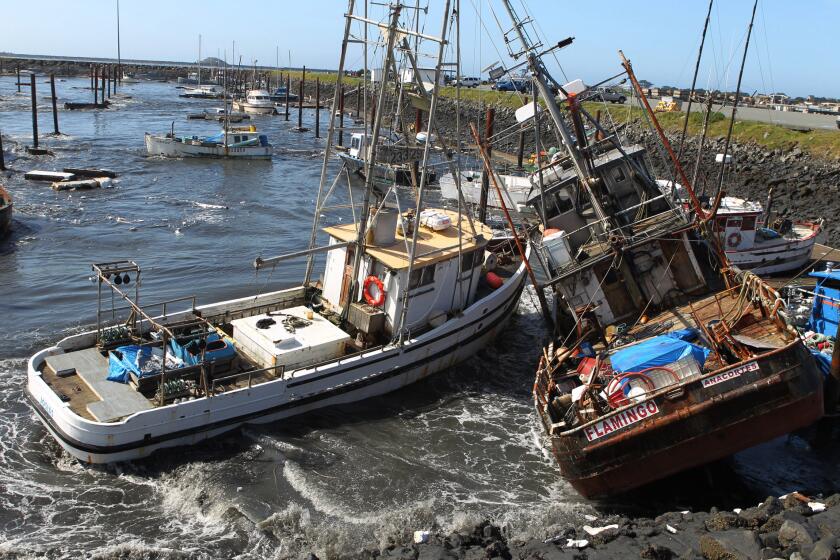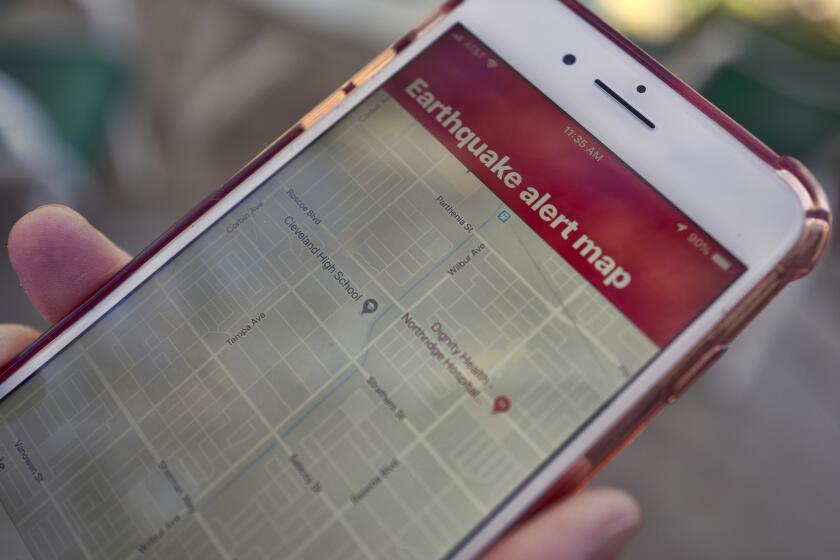NONFICTION - Aug. 8, 1993
- Share via
CYCLES OF ROCK AND WATER At the Pacific Edge by Kenneth A. Brown. (HarperCollins: $23; 309 pp.) Talk about taking the rug out from under. Brown, a geologist and journalist for such publications as Newsweek, Discover and the Christian Science Monitor, travels up the West Coast, from Baja to the Aleutian Islands, neatly underlining the weaknesses in this inherently unstable system we call home. The region’s earthquakes, mountain ranges, volcanoes, fault zones, air quality and endangered life are elegantly examined and described. The main thrust, on this side of the continent, seems to be the push of the Pacific ridge northward, wedging itself between the Baja Peninsula and the California coast, creating what will someday be a new ocean. This same plate is also moving slightly eastward, at a rate of about one centimeter per year, causing the same sudden upward slips and earthquakes along thrust faults that formed the Santa Monica Mountains, the Hollywood Hills and the Palos Verdes Peninsula, for example. Los Angeles, built on oil fields that still bubble up periodically into basements in the Central Wilshire and Fairfax districts, comes out looking, between levels of ozone and carbon monoxide three times the minimum federal safety standards, and average freeway speeds of 19 m.p.h., like a fairly unpleasant place to live. Then again, northern California, earthquake central (the 1989 Loma Prieta quake produced energy equal to that of a thermonuclear bomb), doesn’t look like prime real estate either. But as we move north, with the Pacific plate, the earth seems to relax a little; it’s sea floor spreading and ocean upwellings; “the San Andreas Fault is replaced by a series of spreading ridges paralleling the coast.” But Brown is not as alarmist as this reviewer. Your home is not marching defiantly into the ocean while you sit at work.
More to Read
Sign up for Essential California
The most important California stories and recommendations in your inbox every morning.
You may occasionally receive promotional content from the Los Angeles Times.










